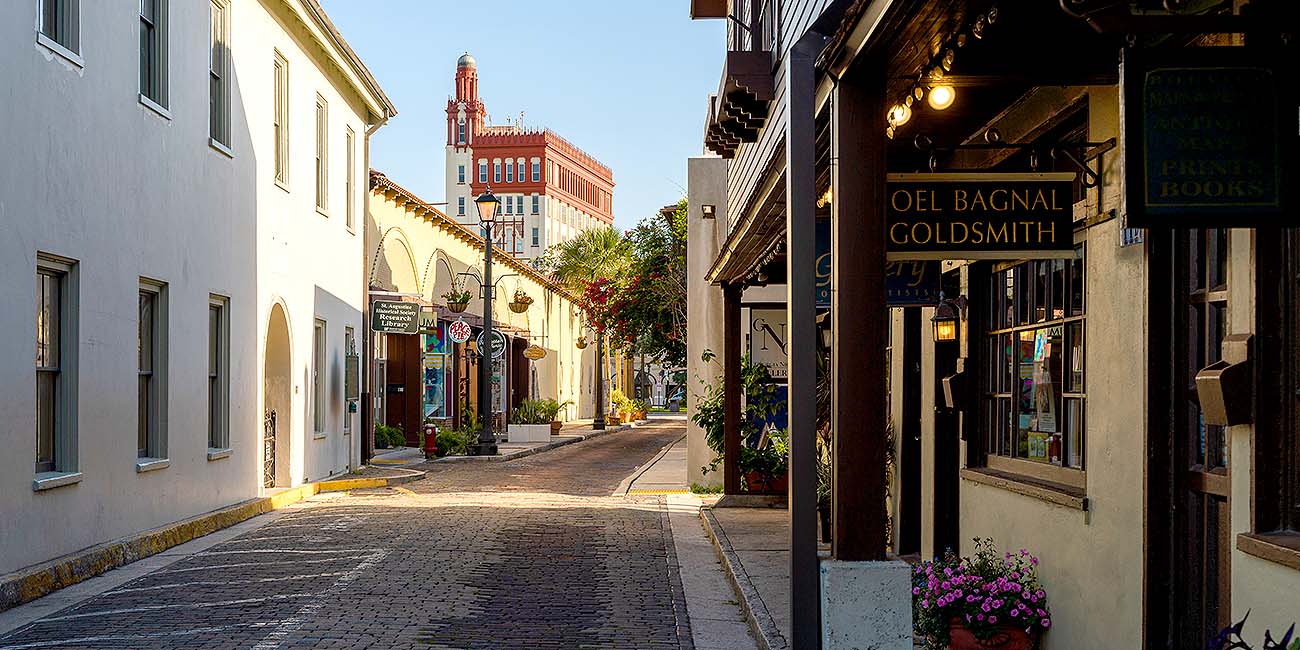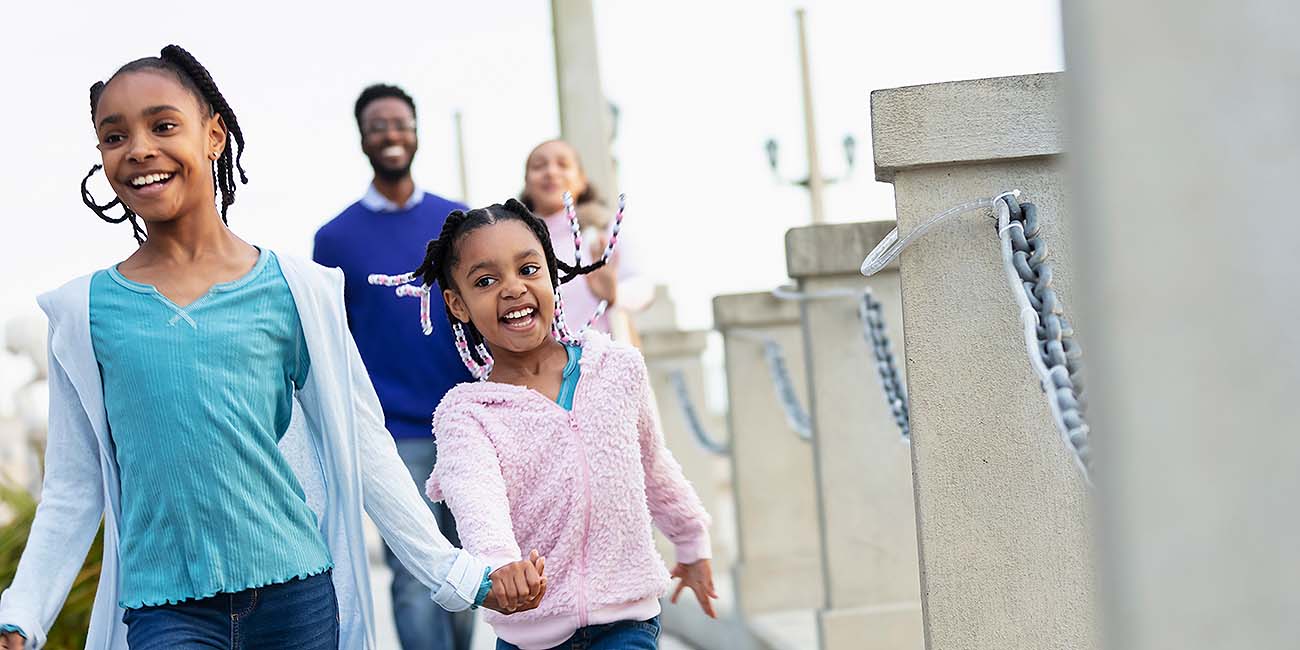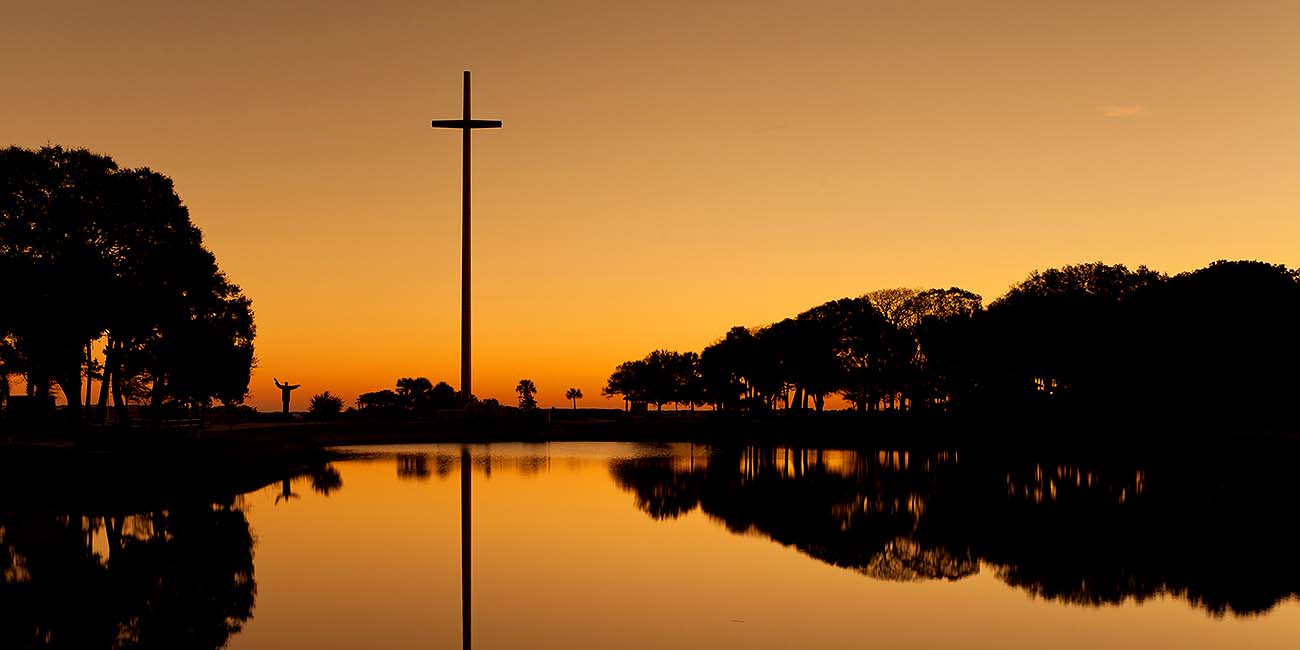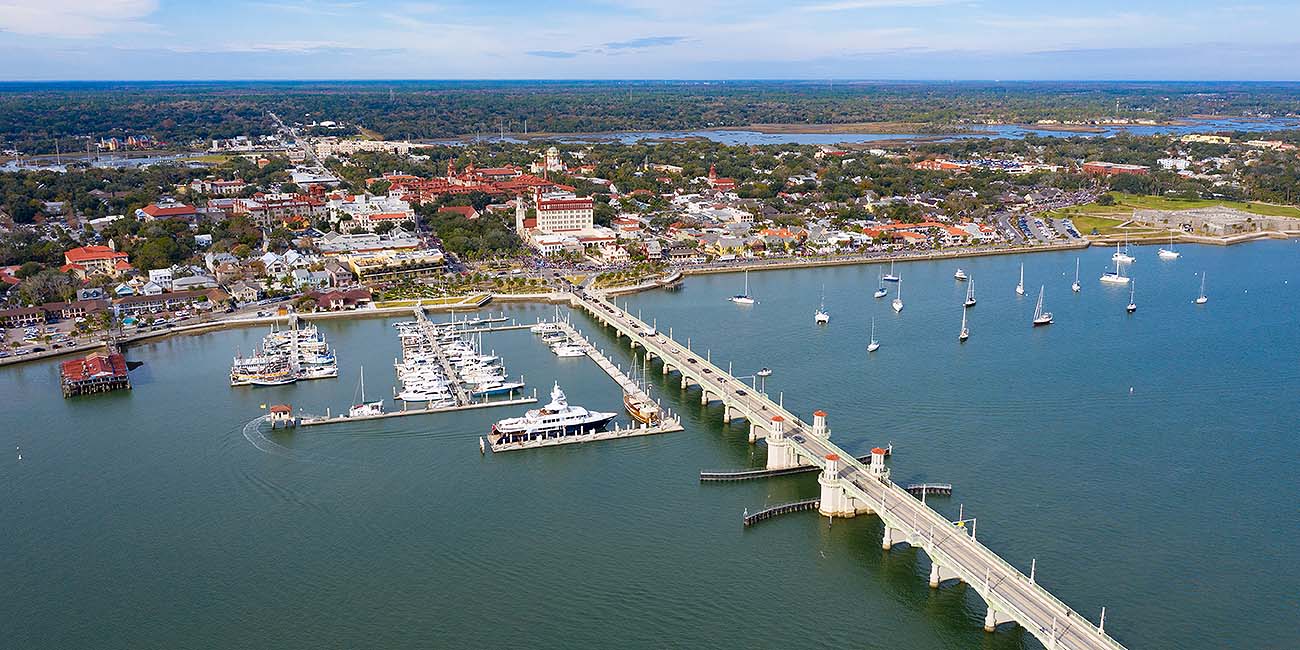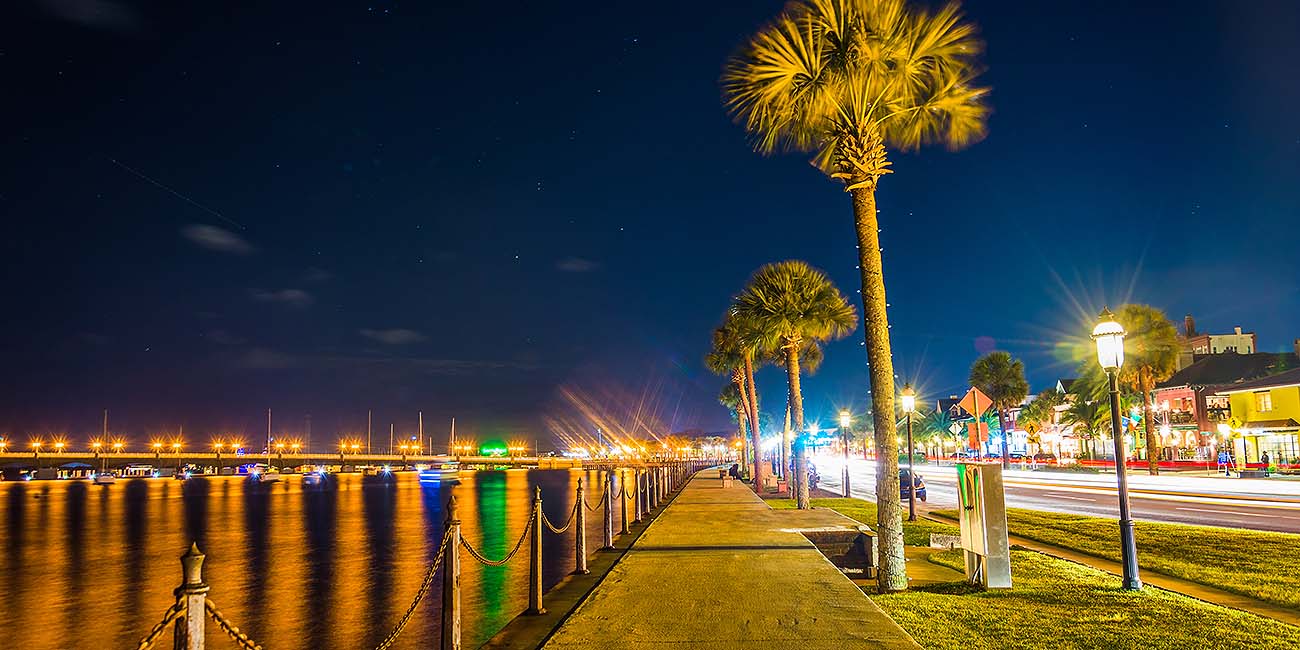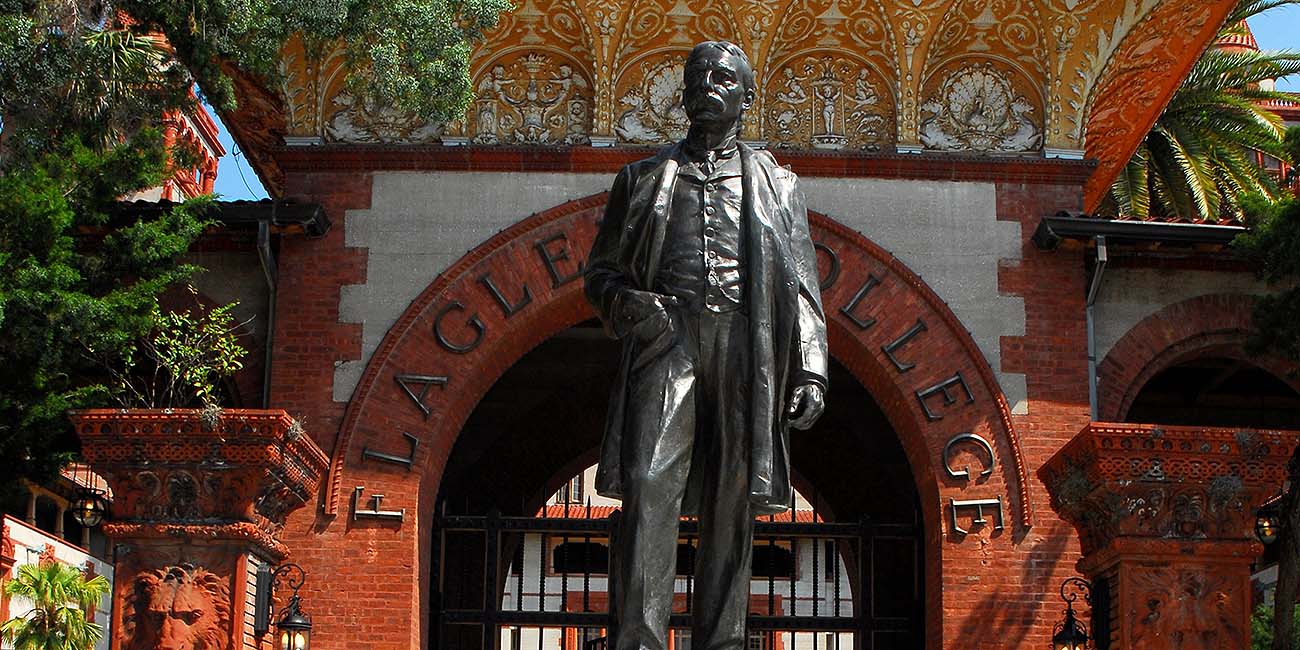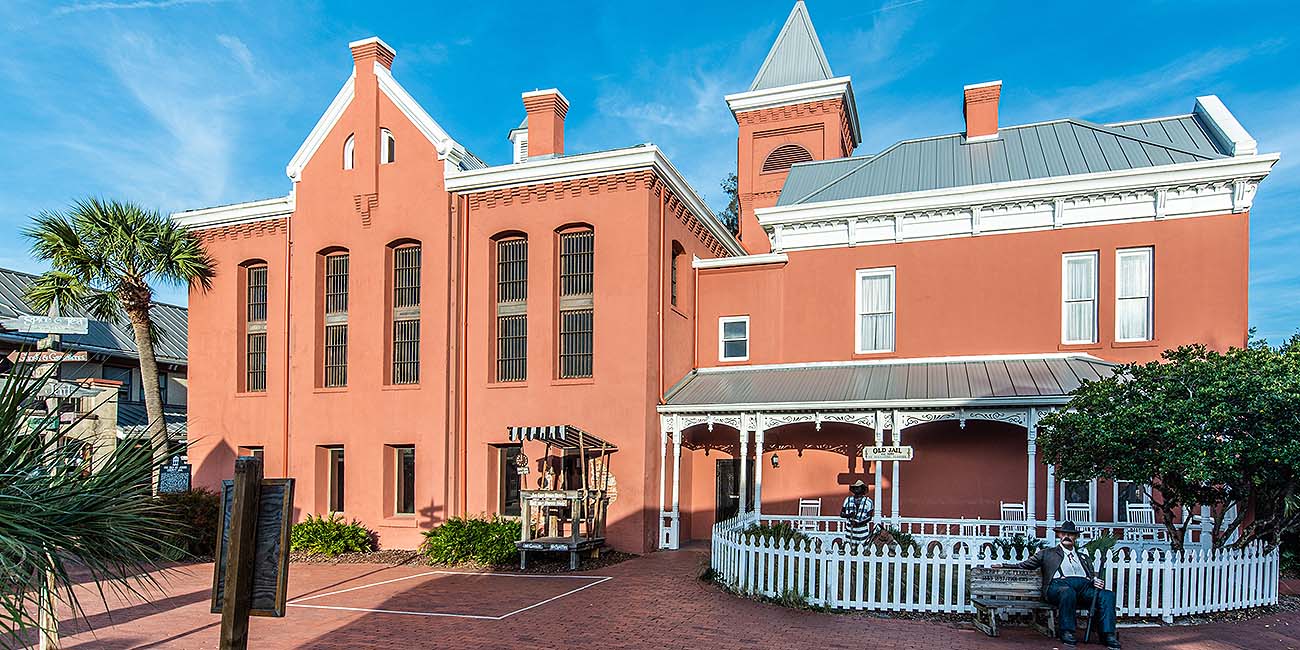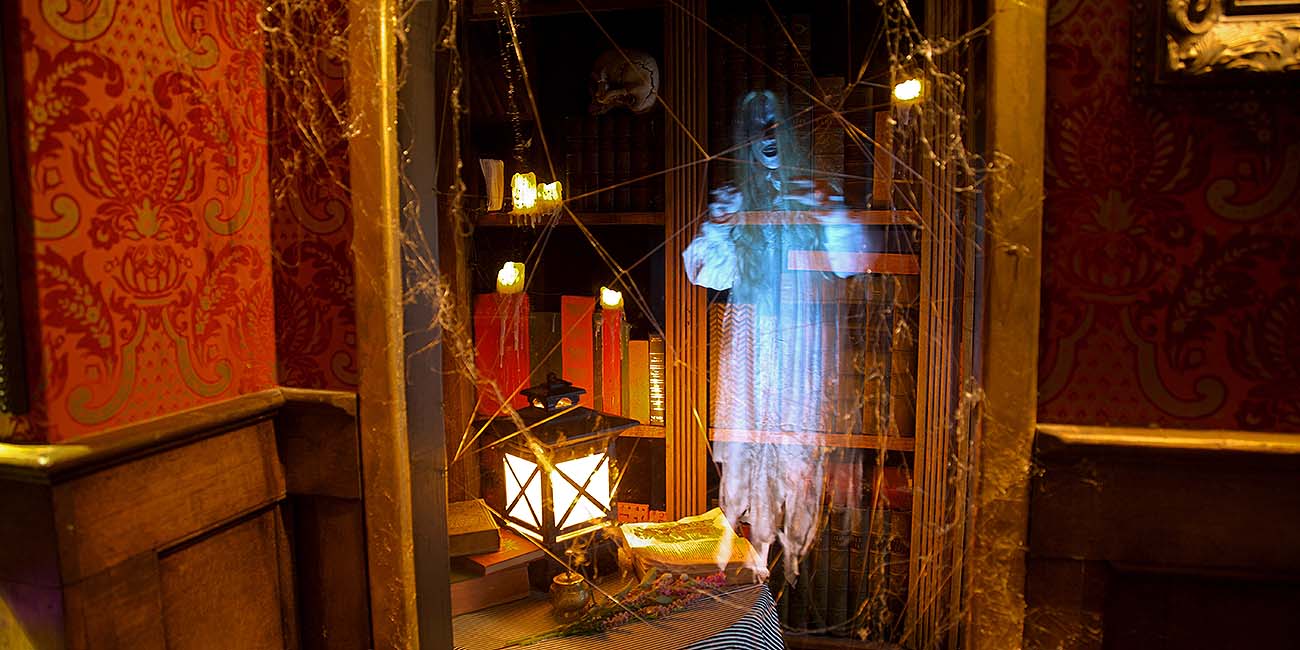The most well-known fort in St. Augustine is Castillo de San Marcos, the oldest masonry fort in the continental United States. Fort Matanzas, located just south of town, is another important site that protects the backwater entrance to the city. Fort Mose is especially significant as the first legally sanctioned free Black settlement in the United States. If you are more interested in architectural style and creativity, Zorayda Castle, Castle Otttis and Castle Warden offer unique experiences. These St. Augustine castles reflect everything from Moorish Revival design to the whimsical collections of Ripley’s Believe It or Not!.
Explore St. Augustine’s Historic Forts and Castles

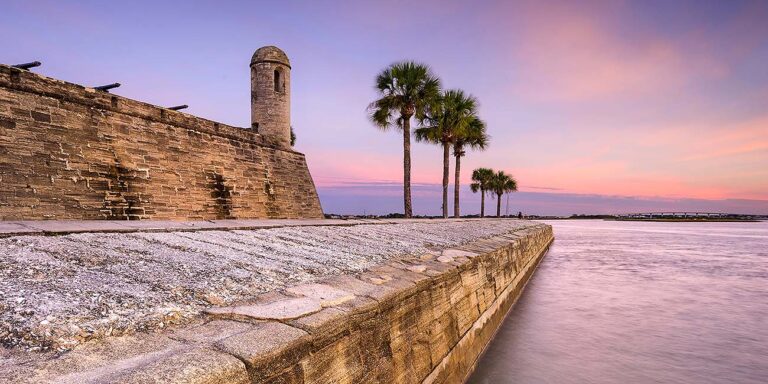
What Can You Discover in St. Augustine’s Forts and Castles?

St. Augustine is more than just a beautiful coastal town. It is a city built on centuries of history and shaped by moments of conflict, creativity and resilience. That story is still visible in its forts and castles, where visitors can experience the layers of the past in places that are as real and lasting as the walls themselves. Each fort in St. Augustine once served a different purpose, protecting the city, securing trade routes or offering sanctuary, while each St. Augustine castle reflects a unique vision of design, art or curiosity. Whether you are walking the ramparts of a military stronghold or admiring the fine details of Moorish architecture, you are stepping into stories that span centuries.
Why Is Castillo de San Marcos So Important?

Castillo de San Marcos is the most famous fort in St. Augustine and one of the most historically significant military sites in the United States. Construction began in 1672 after repeated attacks made it clear that a wooden structure was no longer enough to protect the city. The Spanish built this fort using coquina, a natural limestone made from crushed seashells found nearby. This material gave the fort an unexpected advantage. Instead of breaking under the force of cannonballs, the coquina absorbed the impact, making it surprisingly strong and flexible.
The fort took 23 years to complete and has never fallen in battle.
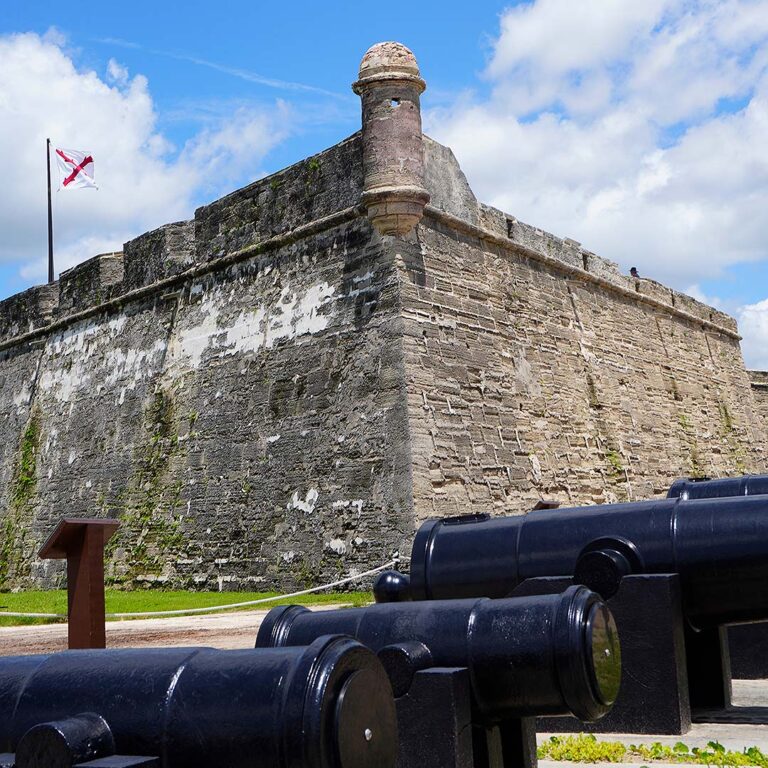
Over the centuries, it served under Spanish, British and American rule, and was even used as a military prison during the Seminole Wars and later during conflicts in the American West. Today, it is managed by the National Park Service and is one of the most visited historic sites in Florida.
When you visit, you can explore the fort’s interior rooms, climb to the gun deck and enjoy panoramic views of the Matanzas River. The casemates, which are vaulted chambers that housed soldiers and supplies, are still intact. Interpretive panels, self-guided brochures and knowledgeable park rangers help bring the site’s story to life. This fort in St. Augustine is a monument to the city’s strength and endurance, offering visitors a hands-on way to experience what life was like in a fortified colonial town.
What Makes Fort Matanzas Worth Visiting?

Fort Matanzas might be smaller than the Castillo, but it played an essential role in protecting St. Augustine. Built in 1742, this fort in St. Augustine was designed to guard the southern approach to the city through the Matanzas Inlet. After the city survived a British siege just two years earlier, the Spanish realized they needed a better defense system to block enemies coming in by boat through the back channels.
To visit Fort Matanzas today, you start at the mainland Visitor Center, where you can watch a short film and learn about the fort’s construction and military purpose. Free ferry rides take guests across the river to Rattlesnake Island, where the fort still stands. The ferry ride is just five minutes long and offers beautiful views of the marsh and the surrounding area. Once on the island, National Park Service rangers give a brief history talk and guide visitors up into the tower, where you can see the narrow living quarters, firing positions and the sweeping landscape the soldiers once watched.
This fort in St. Augustine gives visitors a quieter, more reflective experience.
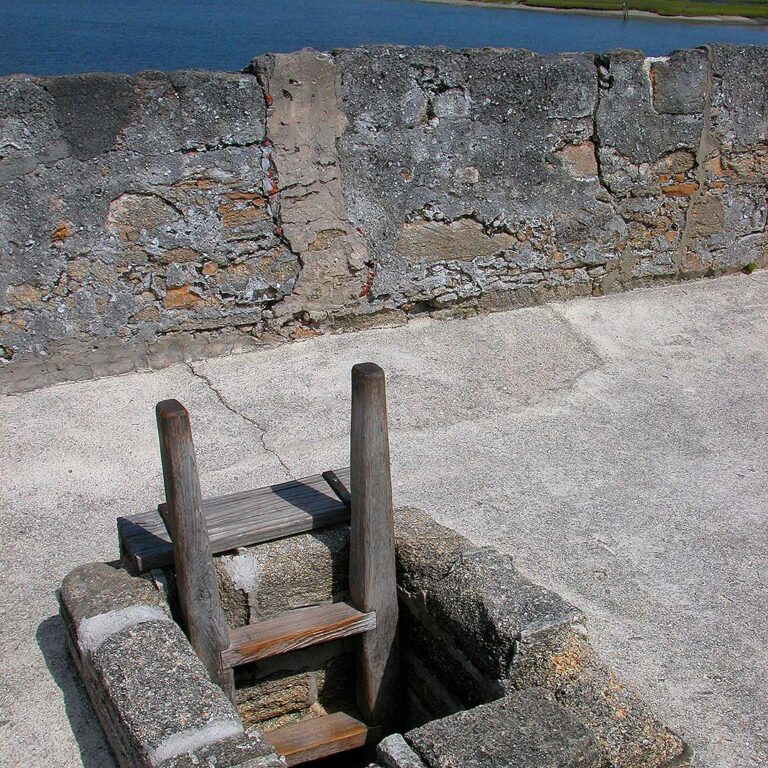
It helps paint a fuller picture of the defensive network that surrounded the city and highlights how geography played a key role in its survival. The coquina walls here are just as sturdy as those at the Castillo, and the natural setting makes it a perfect place for photos, bird-watching or simply taking in the peaceful surroundings.
Why Is Fort Mose a Site of National Importance?

Fort Mose holds a unique and powerful place in American history. Established in 1738, it was the first legally recognized settlement in what would become the United States, where formerly enslaved people could live freely. This fort in St. Augustine was founded by the Spanish government as a safe haven for those who escaped slavery in British colonies to the north. In return for military service and conversion to Catholicism, the Spanish offered them freedom, land and protection.
The original fort, made from logs and earth, was located just north of St. Augustine. Though the structure no longer stands, the site has been carefully excavated and studied by archaeologists. Visitors today can explore a modern museum and interpretive center that tells the full story of Fort Mose. Inside, you will find detailed exhibits, artifacts from the excavation and a powerful short film that brings the history to life.
A wooden boardwalk stretches out into the marsh where the fort once stood, giving visitors a chance to reflect on what it meant for so many people to risk everything in search of freedom.
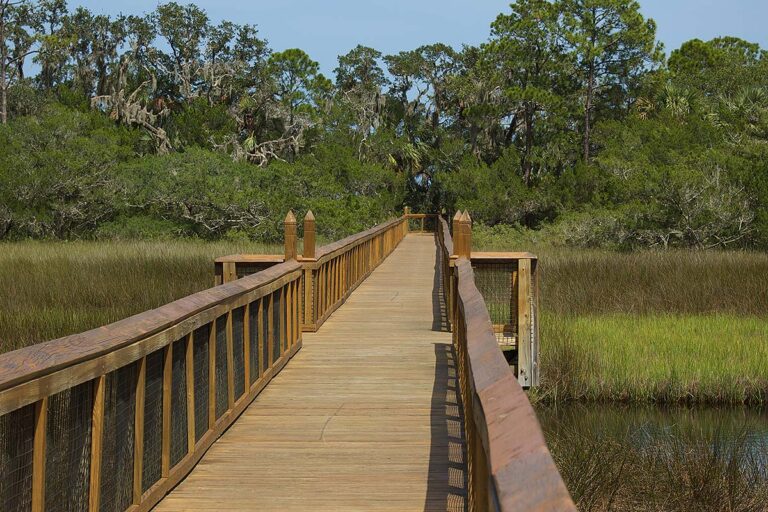
Fort Mose is not only a critical chapter in the history of St. Augustine. It is also a major landmark in African-American history. This fort in St. Augustine stands as a tribute to courage, resilience and the pursuit of a better life.
What Can You See at Zorayda Castle?

Zorayda Castle brings a completely different energy to the historic landscape of St. Augustine. Built in 1883 by Franklin W. Smith, this beautifully detailed building was inspired by the Alhambra Palace in Spain. Smith was an inventor and visionary who used new building techniques to recreate the ornate designs he had admired in Europe. He poured coquina concrete into wooden molds to mimic traditional Moorish patterns, creating a style that was unlike anything else in the city.
Zorayda Castle has served as a home, a hotel, and even a nightclub, but today it operates as a museum.
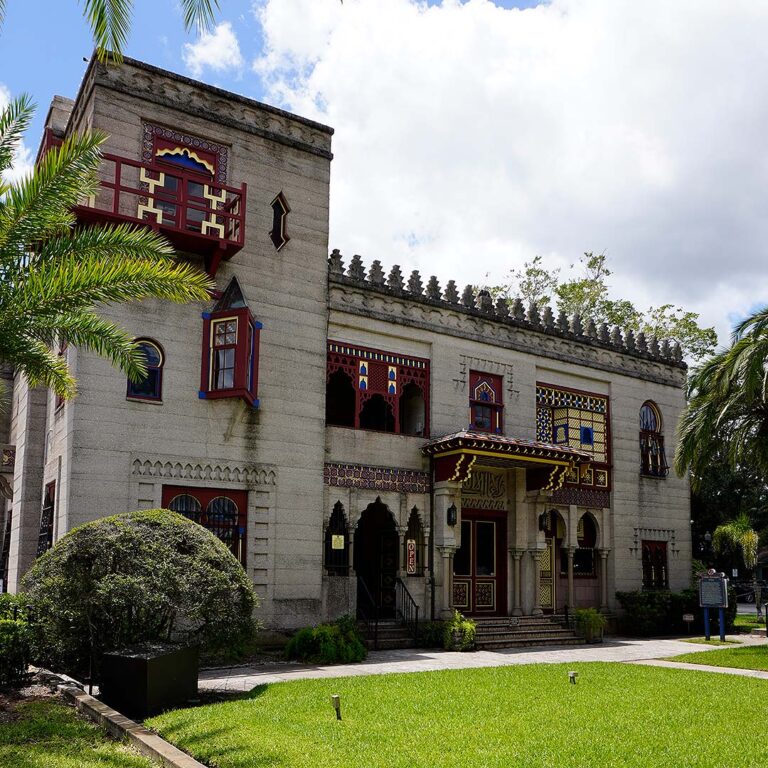
Inside, visitors can walk through elaborately decorated rooms filled with antique furniture, artwork, and decorative pieces collected by Smith and later owners. Each room reveals something new, from hand-painted ceilings and stained-glass windows to carved fireplaces and tile mosaics. One of the highlights is the Court of Lions, a carefully crafted replica of the courtyard in the original Alhambra.
This St. Augustine castle offers audio tours that provide context and stories behind each space and object. It is a must-see for anyone interested in architecture, art or historic preservation. Unlike the military forts, this castle tells a story of imagination and cultural exchange. It is one of the most colorful and visually rich buildings in the city.
What Are Castle Otttis and Castle Warden Known For?

Castle Otttis and Castle Warden are two of the most curious and creative landmarks in the area. Though built more recently than other St. Augustine castles, they each offer a different kind of experience.
Castle Otttis was constructed between 1984 and 1988 by Artist Ottis Sadler and Craftsman Rusty Ickes. Their goal was to build a structure inspired by early Irish Christian architecture, with an emphasis on simplicity and spiritual reflection. The castle has tall towers, thick walls and narrow walkways that create the feeling of an ancient stone sanctuary. It was built without formal blueprints, using mostly hand tools and local materials. Though Castle Otttis is not always open to the public, the building can sometimes be visited on Sunday mornings or during private tours. When open, it offers a quiet, almost meditative experience that feels completely different from other attractions.
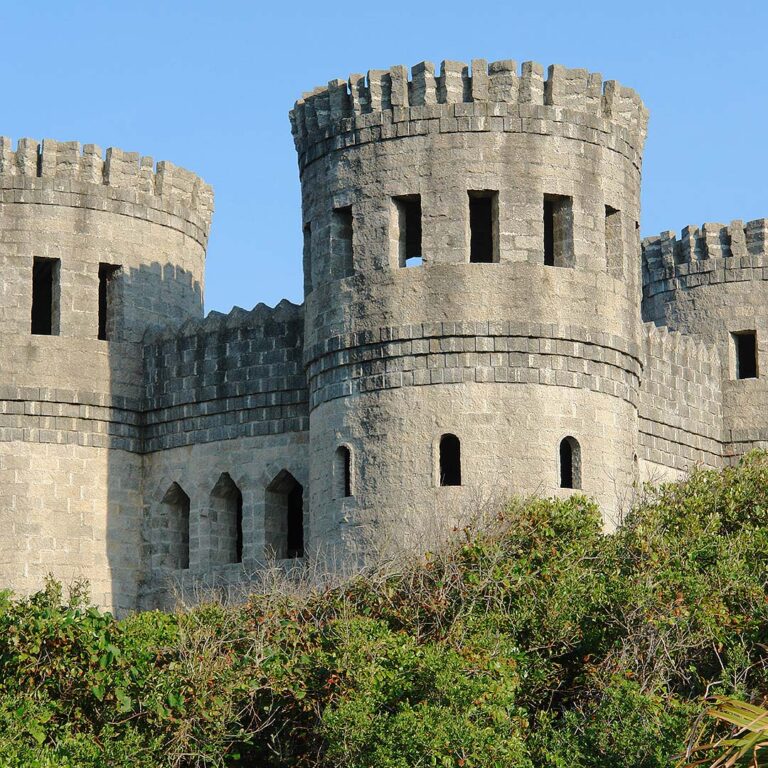
Castle Warden has a more lively and colorful history. Built in 1887 as a private home, it later became a hotel before Robert Ripley purchased it and turned it into the first permanent Ripley’s Believe It or Not! museum. Today, this St. Augustine castle houses hundreds of strange and fascinating exhibits, from massive sculptures made of matchsticks to pop culture artifacts and global oddities. It is fun, interactive and family-friendly, making it a great stop for visitors who want to balance history with entertainment.
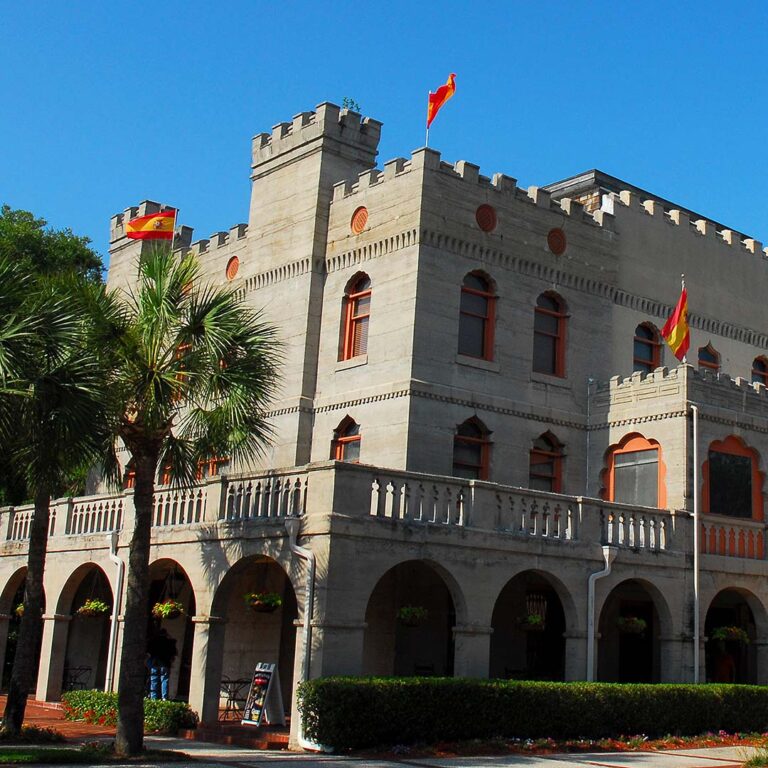
Conclusion

St. Augustine’s historic forts and castles are far more than mere antiquated structures; they are profound testaments to the city’s enduring spirit. The resilient coquina walls of Castillo de San Marcos speak to military might, while the evocative ruins of Fort Mose powerfully narrate a courageous quest for freedom. Elsewhere, the opulent Moorish design of Zorayda Castle showcases architectural brilliance, and the unique charm of Castle Otttis and Castle Warden adds layers of fascinating history. These sites offer tangible connections to centuries of human endeavor, inviting you to step into the past and uncover the rich, multifaceted story that defines America’s oldest city.
FAQs

Yes, there is a small fee to enter Castillo de San Marcos, which helps support preservation and educational programs through the National Park Service. Children under 15 are usually free. Fort Matanzas, also maintained by the National Park Service, offers free admission and ferry rides to the site. Fort Mose is free to explore, though donations are welcome. Most St. Augustine castles do charge admission, including Zorayda Castle and Ripley’s Believe It or Not! at Castle Warden. Fees vary slightly by season, so it’s always good to check ahead of your visit.
Yes, guided tours are available at many locations. At Castillo de San Marcos and Fort Matanzas, rangers from the National Park Service often provide scheduled talks and orientation programs throughout the day. These brief tours offer valuable context and highlight parts of the site you might otherwise overlook. Fort Mose includes a short film and interpretive exhibits but no formal walking tour. Most St. Augustine castles offer self-guided audio tours or printed brochures, especially Zorayda Castle, where the narration shares architectural details and stories from the building’s past. Additionally, while Old Town Trolley Tours® does not go into the sites, they offer excellent stories and information about these locations on their routes.
You should plan to spend at least 60 to 90 minutes at Castillo de San Marcos. That gives you enough time to walk through the casemates, climb the gun deck, attend a ranger presentation and explore the exterior grounds along the waterfront. The fort’s size and the amount of information on display make it easy to spend even more time if you are a history lover. It is the largest fort in St. Augustine, so giving yourself enough time to take it all in makes for a more rewarding experience.
Some parts of the forts in St. Augustine are accessible, but others may be more difficult to navigate. At Castillo de San Marcos, the lower level is wheelchair accessible, and there are ramps in some areas. However, the upper gun deck is only accessible by stairs. Fort Matanzas has a small boat ride, and boarding may be a challenge for those with mobility limitations, but the staff is helpful and accommodating. Fort Mose’s museum and boardwalk are accessible and provide a great way to enjoy the site. Many St. Augustine castles, such as Zorayda Castle, have older staircases and narrow hallways, but they do their best to accommodate all visitors. It is a good idea to contact each location before your visit to ask about accessibility options.
Yes, but only on special occasions. Castillo de San Marcos sometimes offers live cannon demonstrations on weekends or during special events. These are scheduled in advance and are often tied to seasonal festivals or reenactments. The demonstrations are performed by staff and volunteers in historical uniform and include detailed explanations of the firing process. If your visit lines up with one of these events, it is a memorable highlight at the most famous fort in St. Augustine. Fort Matanzas does not currently offer cannon demonstrations. None of the St. Augustine castles include weaponry as part of their exhibits, since their history is more focused on art, architecture or pop culture.
Fall and spring are considered ideal times to explore the forts in St. Augustine and St. Augustine castles. The weather is mild, crowds are smaller than in summer and outdoor spaces are especially enjoyable. Winter offers quieter experiences and fewer lines, while summer brings longer days and more activity, but also hotter temperatures and afternoon showers. No matter the season, each site offers something different. Visiting in cooler months allows for more time outside without rushing, especially at Castillo de San Marcos and Fort Matanzas. If you plan to visit multiple locations, a weekday morning is often the most peaceful time to explore.
